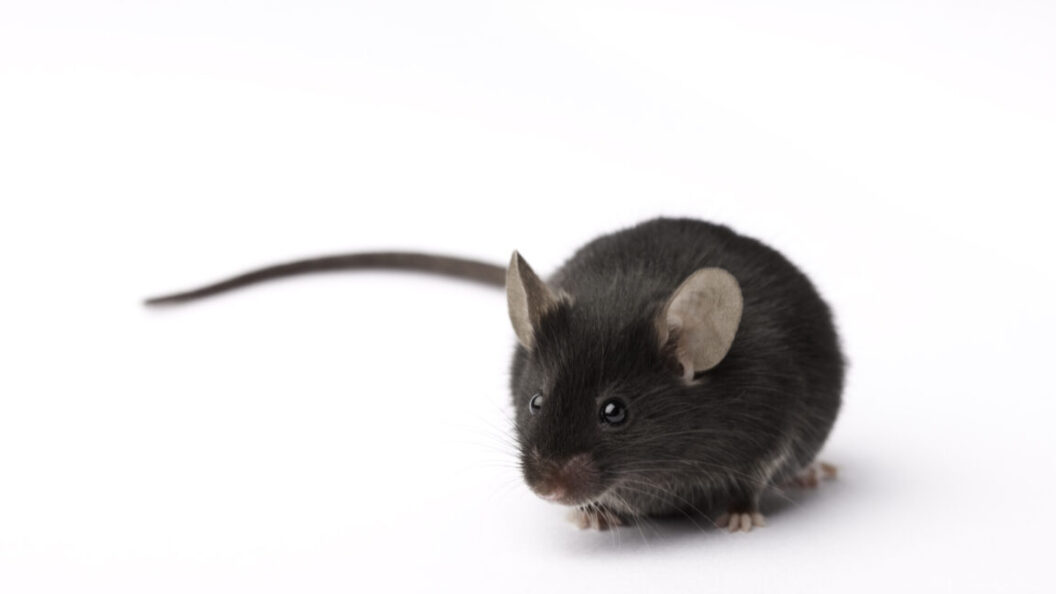Breakthrough in Vision Technology: Tellurium Retinal Implants
Recent advancements in retinal implant technology have taken a significant leap forward with the testing of tellurium meshes in macaques, an animal model that offers insights closer to human physiology than traditional mouse models. Researchers at Fudan University revealed that these innovative implants could enable perception of infrared light while retaining the subjects’ normal vision.
Testing Results and Implications
In the groundbreaking study, healthy macaques underwent implantation with tellurium meshes that facilitate infrared vision. The results confirmed that these primates could indeed perceive infrared light. More importantly, their pre-existing visual capabilities remained intact. This dual functionality could pave the way for advanced vision restoration technologies in humans suffering from various types of blindness.
Challenges Ahead
Despite the promising results, the journey toward successful human applications is fraught with challenges. One notable concern highlighted by the Fudan team is the sensitivity of tellurium meshes, which are currently less responsive to light compared to natural photoreceptors. This raises uncertainty about their effectiveness as a long-term solution for retinal prostheses.
Additionally, as the researchers acknowledge, interpreting the actual visual experience of animals with the implants is complicated. Animals cannot communicate what they see, making it difficult to correlate their sensory experiences with the electrical signals generated by the tellurium meshes.
Adaptation and Learning Curve
The findings also indicate that the implanted macaques required an adaptation period to understand the new visual inputs. Just as humans with electrode arrays have had to learn to interpret artificial signals, the macaques initially struggled to recognize patterns and shapes, demonstrating a learning process essential for successful integration of the implants.
The experimental conditions further complicate the evaluation of the implants’ performance. The shapes used in recognition tasks were projected using lasers, raising questions about how effective the implants would be under normal lighting conditions.
Surgical Risks and Safety Evaluations
The implantation procedure itself carries inherent risks. Local retinal detachment and incisional procedures may lead to complications such as fibrosis and scarring, particularly in individuals with pre-existing retinal diseases. Eduardo Fernández, a Spanish bioengineer who reviewed the research, termed the implants "promising" but emphasized the need for careful consideration of these risks.
Currently, the Fudan team is working on long-term safety assessments of the implants in non-human primates. Their ongoing research aims to enhance the interface between the retina and the tellurium meshes to minimize surgical complications.
Future Directions
As the potential for creating viable vision restoration devices continues to grow, the implications for individuals suffering from retinal diseases or damage are profound. With a focus on addressing current limitations, such as light sensitivity and surgical safety, these innovations could lead to groundbreaking treatments in the coming years.
Conclusion
The exploration of tellurium retinal implants signifies a noteworthy step forward in vision science. While the route to practical human application is complex, the preliminary results offer hope for future technologies that could significantly improve quality of life for those affected by vision impairments. The continued efforts of researchers may lead to effective solutions that not only restore sight but also enhance the scope of human vision itself.









